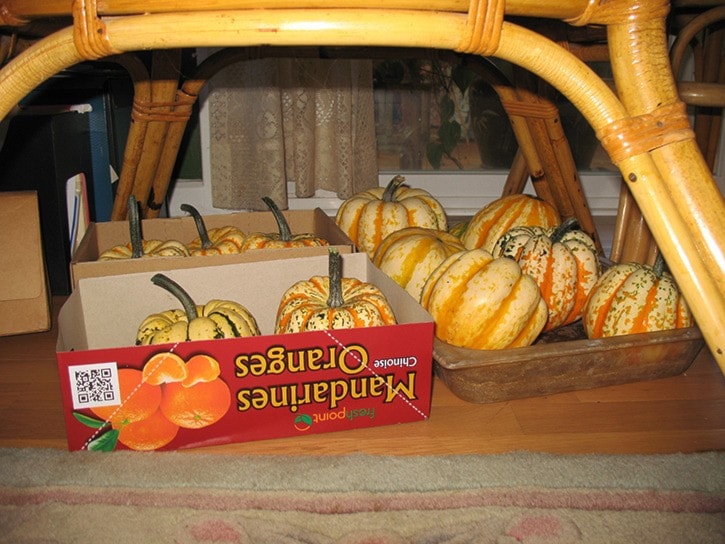Author Sue Shephard has written a book entitled Pickled, Potted and Canned, a delightful history of food preparation in which she explains how Attila and his marauding Huns cured meat by putting pieces of it under their saddles.
“As they rode along, the salt from the horses’ sweat accumulated under the saddle around the meat. At the same time, the action of the riders bumping up and down on both the saddle and the meat served to press out the liquids and very little air could reach the meat pressed tightly between flank and saddle. When they stopped to rest, Attila and his men had only to sharpen their knives and slice off a piece of delicious gallop-cured meat.”
This gives a whole new meaning to rump steak. It also explains why the Huns migrated across most of Eurasia; they were obviously looking for a salad bar. In more recent times the Scots conquered an empire for the English as a byproduct of their search for an alternative to barley, blood pudding and haggis.
History shows us that the whole “hunter gatherer” thing is overrated.
Agriculture has its advantages: in addition to a more varied diet, the cultivating society enjoys indoor living, sleeps in regular comfort and has more use for the horse end product than the horse itself. It does, however, leave us with the problem of preservation.
Crops like squash and tomatoes don’t store well in a cold pantry, but even small homes have nooks and crannies in which they can be stored. Gardening guru Ruth Stout kept her squash in a box under the kitchen table, but there may also be room under the bed, next to the hockey gear.
Acorn squash can go straight into the storage box, but all the rest first need to cure for 10 to 14 days in a dry, sunny spot (ha ha) or in a warm place like near the stove to thicken the skin. If they are then wiped with oil and stored in a single layer at just below room temperature they could last up to six months.
Potatoes also store best when cured for a week or two, protected from light in a dry place just below room temperature to thicken their skins and scar over small abrasions. Then they can be stored just above freezing; if they do freeze, some of their starch turns to sugar and they don’t taste as good, but this can be reversed. Bring small batches into room temperature and in a week or two the sugar will revert back to starch. Give potatoes plenty of ventilation by storing them in small piles and they might keep for four to six months.
Other root vegetables go directly into storage at the same temperature range as potatoes. I put mine into cardboard boxes, layered with damp sawdust or sand and they last until they run out about three months later, but reference books say they could last eight months.
If you’ve been able to grow sweet potatoes or just want to store some bought on sale, here’s a tip: don’t put them in a cold place with your other root vegetables and don’t put them in the fridge, because low temperatures cause them to rot or lose flavour and have hard sections when they’ve been cooked. You probably won’t need to keep them as warm as the Powell River gardener who acquired seed potatoes in early spring and, much to her husband’s dismay, insisted that they sleep with them until the weather warmed up. A box under the kitchen table should suffice.
We don’t have to ride our food anymore.
